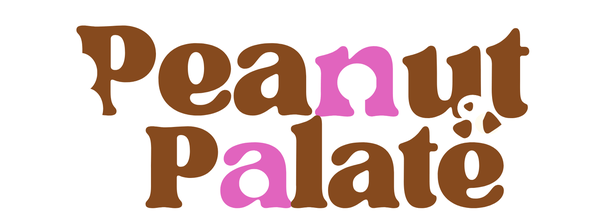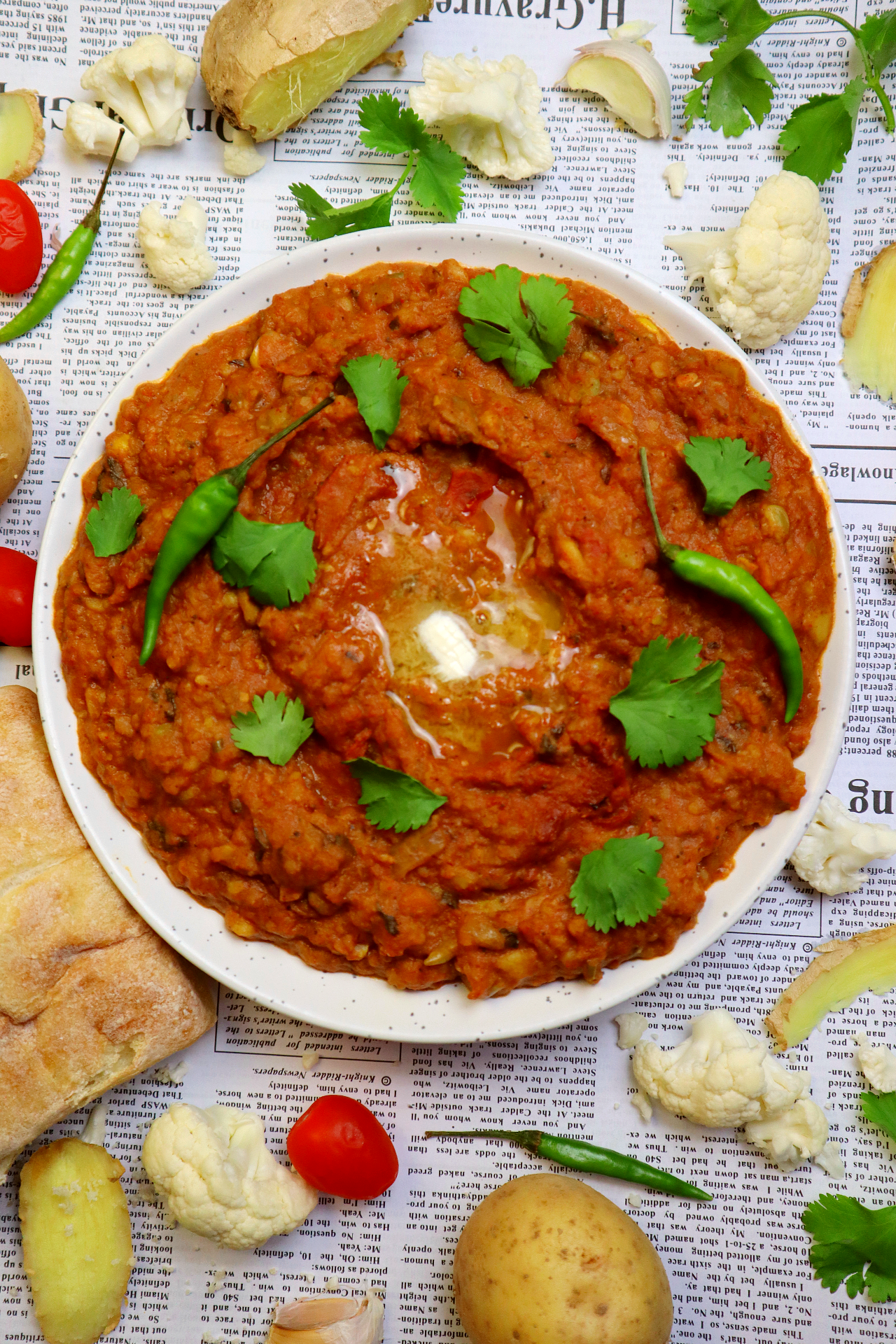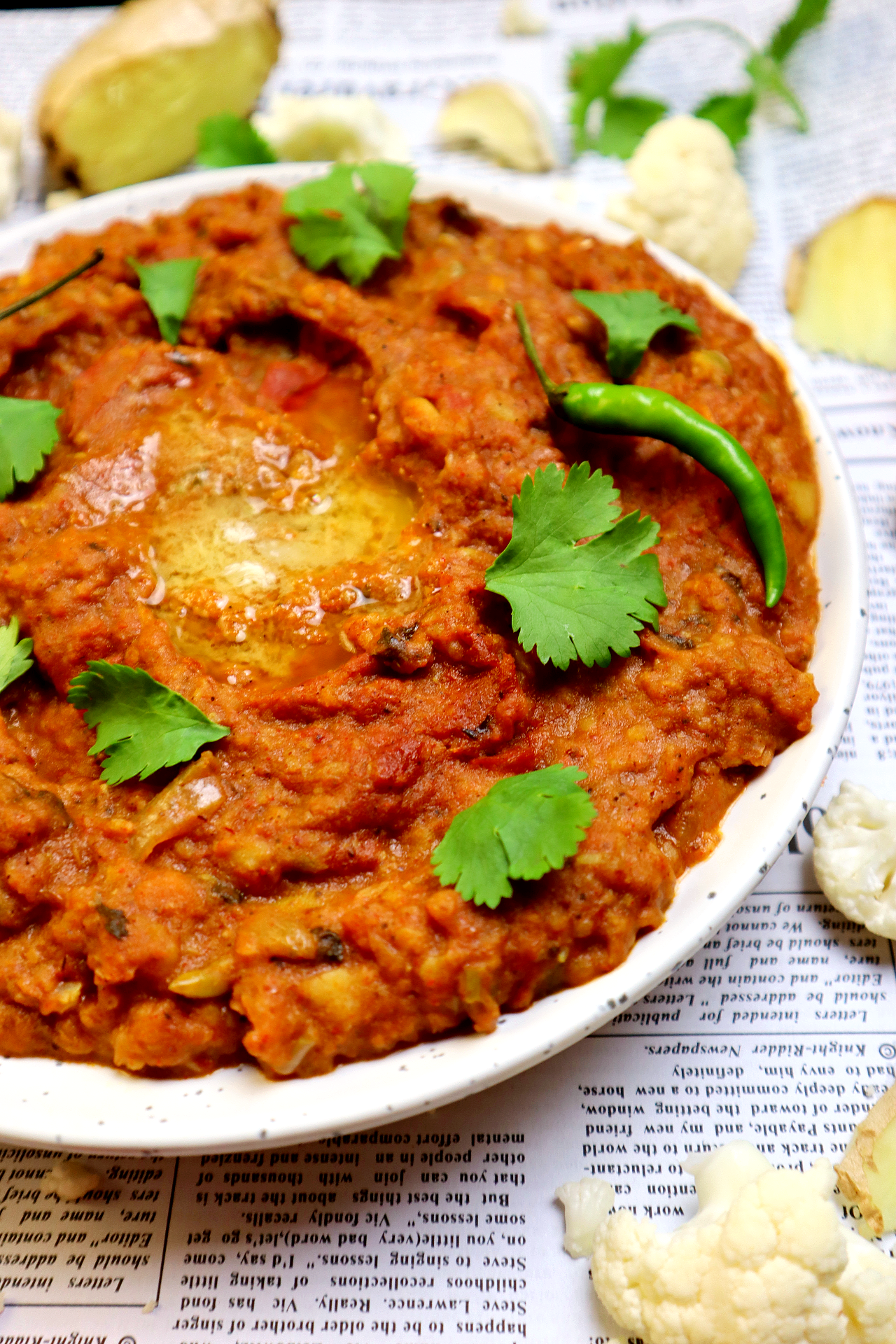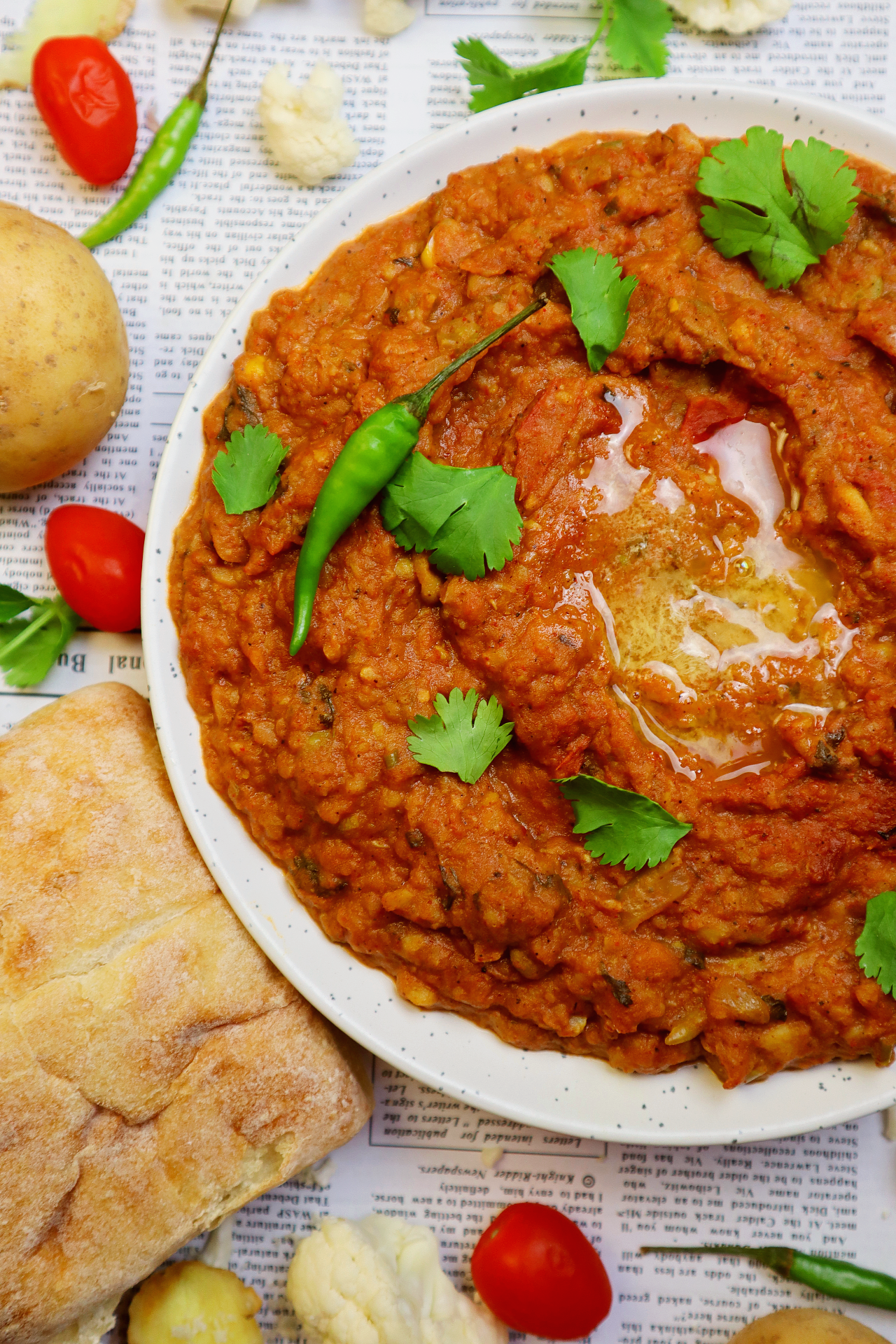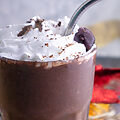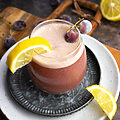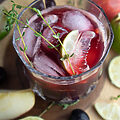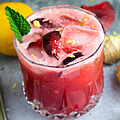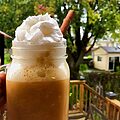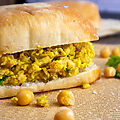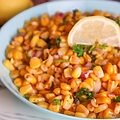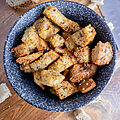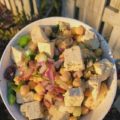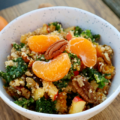Mumbai Pav Bhaji Recipe
Today we are making a Mumbai Pav Bhaji Recipe! Pav bhaji breaks down into the Hindi words pav meaning bread and bhaji meaning gravy (which are vegetables cooked in spices). The spicy veggie mix is all blended together to make a thick gravy that you eat with the pav. This gravy cooks different vegetables and then blends the boiled veggies with an immersion blender (or mashes them with a potato masher), making a thick and spicy blend to eat with your bun!
Hailing from the state of Maharashtra in West India, this dish is known to be a popular Indian street food. Street vendors serve it with crunchy onions, lemon wedges or lemon juice, and lots of butter. That makes this recipe just so good with some warm pav, or pao as you bite into it with hot and creamy bhaji.
Origins of Pav and Bhaji
Pav is also known as Pao which are soft dinner rolls that are stretchier than a regular bun. There are different types of pav. One is the type with a hard shell and a soft inside. Another type is a fully soft bun overall (soft pav). The origins of this bun are believed to be from when the Portuguese gave Mumbai as a dowry to the British government, pav was passed down with it. The word itself, in Marathi, means “one-fourth”, so a quarter of a loaf was equal to a pav.
Another story shows the origins of the word as coming from the Hindi word feet, or paon, because the bread was kneaded with the feet. However, one of the most common stories is that the word pav is coming from the Portuguese word pão, which translates to bread.
One common story for how Bhaji came to be is that in the past, textile mill workers needed a cheap and easy meal made of fresh ingredients. Because of this, they added all the vegetables together with some spices to form this veggie gravy. The main vegetables that make up the Bhaji are usually potatoes, cauliflower, green peas, carrots and green bell peppers. Cook these in a base of fresh tomatoes, with a green chilies, onion and ginger-garlic paste, and you get the final result!
Why You’ll Love This Mumbai Pav Bhaji Recipe
Homemade Street Food: This dish is a very popular street snack in India! Recreating the blend of vegetables with spices at home is truly so satisfying. I love taking popular street foods, TV show foods, or traditionally non-vegan foods and making homemade, vegan versions of the dishes.
Generally, pav bun may have eggs in it sometimes. The bhaji usually has butter (or sometimes heavy cream) when buying it at a restaurant, for added creaminess. This version is dairy-free though! We use oil instead of butter, and vegan butter for slathering onto the pav when they’re warm.
Substitutions
Vegetables: Hard vegetables such as potatoes, cauliflower, green peas, carrots and green bell peppers work well here. The frozen veggies mix I use here included carrots, peas and corn. On top of that, I had cauliflower and white potatoes.
Pav Bhaji Masala Powder: This is a specific spice blend using various Indian spices. It includes red chillies, coriander seeds, cumin seeds, black pepper, cinnamon, clove, black cardamom, dry mango powder (amchur), fennel seeds and turmeric powder. Although you can find a recipe for this and make it at home, it’s usually found at Indian grocery stores as a pre-made spice mix. This is similar to garam masala, which is a different blend of whole spices.
Food Coloring: Restaurants usually add some powdered red food colour to make the mixture bright red. However, when you cook this without the color, it won’t be as vibrant. This is optional, as it doesn’t really change the taste – it’s more for the presentation.
Kasuri Methi, Indian Red Chili Powder, Turmeric: If these spices are not something you use everyday, then you can find them at your local Indian grocers. These have their own unique flavors and there is no substitute!
Kasuri Methi (or Kasoori Methi) is dry fengreek leaves. The red chili powder is the Indian type specifically, as there are many different types of chilli powders out there.
Serve This Recipe With
To serve, buy traditional Indian pav/pau burger buns. Warm them up with a generous amount of butter and serve with a glass of lassi! Lassi is one of the most popular drinks in India. It’s a yogurt-based drink that can be made just plain yogurt-flavored, mango lassi where it’s made with yogurt and mango pulp, and many more flavors.
For a gluten-free option, use buns that do not contain gluten. They may not taste the same texture as a gluten bun though. However, the bhaji is still-gluten free and you can eat it with the bun of your choice.
More Recipes You’ll Love
Chana Masala: Chana Masala is a traditional Indian dish consisting of of chickpeas cooked in a spiced gravy, served with puri (fried dough)!
Peanut Satay Noodles: This recipe is a noodle take on peanut satay soup! Peanut butter, tamari and coconut milk are the heart of the sauce. The sauce coats a noodle stir fry made with cabbage, onion and carrots!
Vegan Butter Tofu: A vegan take on the classic Indian butter chicken recipe. This recipe uses crispy tofu for the protein source and full fat coconut milk to replace the traditional heavy cream base in gravy!
Tofu Power Bowl with Miso Ginger Dressing: This power bowl is a delicious combination of rice noodles, colorful veggies and miso ginger sauce on firm tofu for a whole grains, high fiber, high protein meal!
Roasted Eggplant & Chickpeas: This recipe is a combination of braised eggplant and stir-fried chickpeas in a tomato and garlic base!
If you make this Mumbai Pav Bhaji Recipe, then leave a comment and star rating! Don’t forget to tag your photos @peanut_palate on Instagram. Enjoy!
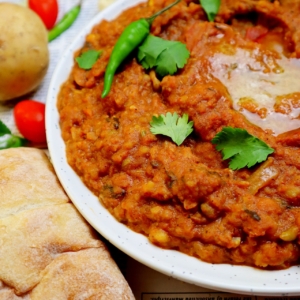
Mumbai Pav Bhaji Recipe
Equipment
- Stovetop Pan
- Hand Blender / Immersion Blender
Ingredients
- 1 tbsp neutral oil
- 1 small onion diced
- ½ green chili minced
- 1½ tsp ginger minced
- 1½ tsp garlic minced
- 1 medium tomato chopped
- ¼ cup tomato puree
- 2¼ tsp pav bhaji masala
- ¼ tsp red chilli powder add a little more if you like it really spicy
- ¾ cup white potatoes chopped and boiled
- ⅓ cup small mixed frozen vegetables boiled // I used a mix of frozen green beans, peas and carrots
- ⅓ cup cauliflower chopped and boiled
- ⅛ tsp turmeric
- 1 cup water
- ½ – ¾ tsp pink salt start with ½ tsp, add more as desired
- 1½ tsp kasuri methi
- vegan butter, chopped cilantro, chopped onion, squeeze of lime or lemon wedges optional, when serving on top
- A few drops red food coloring optional
For the Bread
- 2 buns (pav)
- 1-2 tsp vegan butter
Instructions
- Put the pan on the stove and turn the heat to medium. Add the oil. When the stove is hot, add the onions and green chili.
- Saute this until they are soft – 4-5 minutes. Then stir in the garlic and ginger, stir for 30 seconds.
- Add the tomatoes and stir until they're very soft. Then add salt, turmeric, tomato puree, pav bhaji masala and red chili powder.
- Add in all the vegetables and the water. Stir it all around and make sure there is nothing sticking to the bottom of the pot.
- Turn the heat to high and bring the mixture to a boil. Once boiling, lower the heat to medium-low and let it simmer for 7 minutes. Then stir in kasuri methi.
- Use a hand blender to blend together the mixture. It should look like it does in the photos (it'll be a little less red unless you add a bit of red food coloring – I used powdered color).
- Let it sit for some time to thicken – you can also keep it on the heat longer than 7 minutes if you want it thicker (it does thicken as it sits).
- For the pav (buns), toast them with some vegan butter on a stovetop pan until they are lightly browned.
- Serve the pav toasted and buttered with the hot bhaji, and with optional dollop of butter, chopped cilantro and chopped onions on top!
Notes
-
Storage
- Store the gravy in an airtight container in the refrigerator for up to three days. Toast and butter the buns right before serving!
